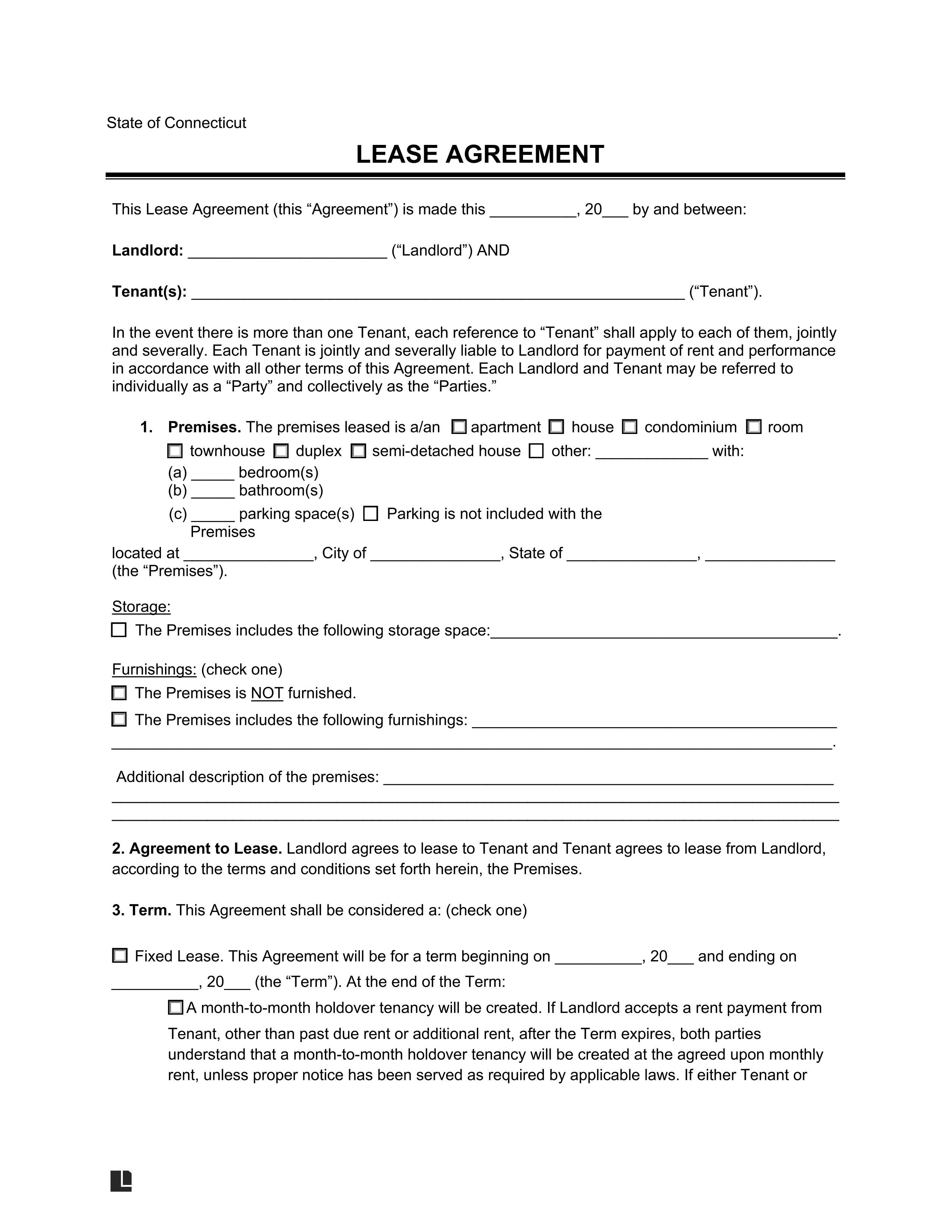Land and property owners are expected to know a few terminologies and details surrounding full-time rentals, property management and leasing out properties. One such is what a residential lease agreement entails. Here’s a detailed overview of what a residential lease agreement is all about.
This agreement covers all areas of leases and properly shows what is expected from the landlord and the tenants as well as the possible consequences if rules are not adhered to.
What is a Residential Lease Agreement?
Residential Lease Agreement is a legally binding contract that is made between a tenant and a landlord. It has all the terms involved in renting an apartment, or a house as a residence. The form is also referred to as a landlord-tenant lease or an apartment rental agreement. It is usually signed at the beginning of a rental term and is effective till the end date shown in the agreement.
This residential lease offers protection for both the tenant and the landlord when dispute occurs. For instance, the agreement indicates whose responsibility it is to repair faulty home equipment which usually is unavoidable in a long lease duration. It provides a chance for either party to seek legal means to claim compensation especially if the one responsible refused to carry out the repair expected.
The residential lease agreement also offers protection to the innocent party during cases of dispute between the tenant and landlord.
If all the agreement both parties have is just verbal, it is usually impossible for the wronged party to seek legal justice because it will be difficult to prove any terms that have been agreed upon. However, if there was a standard residential lease agreement between them, the wronged party can easily address the court. When there is a lease agreement in place, landlords would ask for a security deposit as well as the rent for the first and the last month.
Where is a Residential Lease Agreement used?
As good as the residential lease agreement is, there are situations where it was designed to be used. The residential lease agreement is used in a situation where the rent is for a long term, usually more than three years. Similarly, it is used to rent a property for a short term like three years or less. As the name suggests, it is used for residential properties alone. Be it a room, two rooms, a flat or even a duplex, as long as they have been mapped out for residential purpose, this agreement will apply.
There are other agreements that are binding for a place to be rented out that is not a residential property. The peculiarities of expectations from tenants by the landlord and the responsibility of the landlord towards the tenant have specifically carved a niche of relevance for this kind of agreement.
Components of a Residential Lease Agreement
A standard lease agreement depends greatly on the type of lease and the needs of the landlord and the renter. Hence, the terms may differ. However, the following are the basic elements that must be included:
- Property Details: This gives the description of the property with its amenities, square footage, address and other important details.
- Contact Information- This includes information of the renter and other adults that will live at the property. This information is for the landlord.
- Lease Specifics: This gives the description of the lease such as the terms, end dates.
- Rent Details: This is the amount of the monthly rent and the due date for each month.
- Obligations and Rights: Indicates the rights of the tenants and the landlords such as giving or entry notices.
- Dispute Resolution: This indicates and outlines the steps to be taken in cases of disputes over lease agreement or property.
- Pets: It states if pets are allowed or not including all other details related to pets keeping on the property.
- Maintenance and Repairs: It indicates the repairs and maintenance that the landlord would provide and those he won’t be responsible for.
- Utilities: This states who is responsible for each utility.
- Deposit and fees: It outlines any additional fees such as security.
- Occupancy Limits: It shows the specifics of how many people that can live at a time at the property.
- Restrictions: It shows any restrictions like making changes to permanent home fixtures or installation of appliances.
How To Draft a Residential Lease Agreement
- Start with a simple title with the words, ‘Lease Agreement’. You can also use a sub heading if you want.
- List out the lease provision into categories and list each under topical header in your lease.
- Add detail to each provision.
- Outline Leased Property: Include all the information needed to identify the property.
- Include the term: This includes the information of the duration of the lease.
- Rent: Indicate when the rent would be due and on which date of the month.
- Consider what your ideal lease would cover, and then write all of these provisions down.
- Once you are done writing them, separate them into categories and list them under each topical header in your lease.
- Include any additional deposits.
- State who will be responsible for which utility.
- State who will be allowed on the property
- Outline the tenants’ rights and responsibilities.
- Show governing laws, pets allowed and other landlord rights.
- Conclude.
